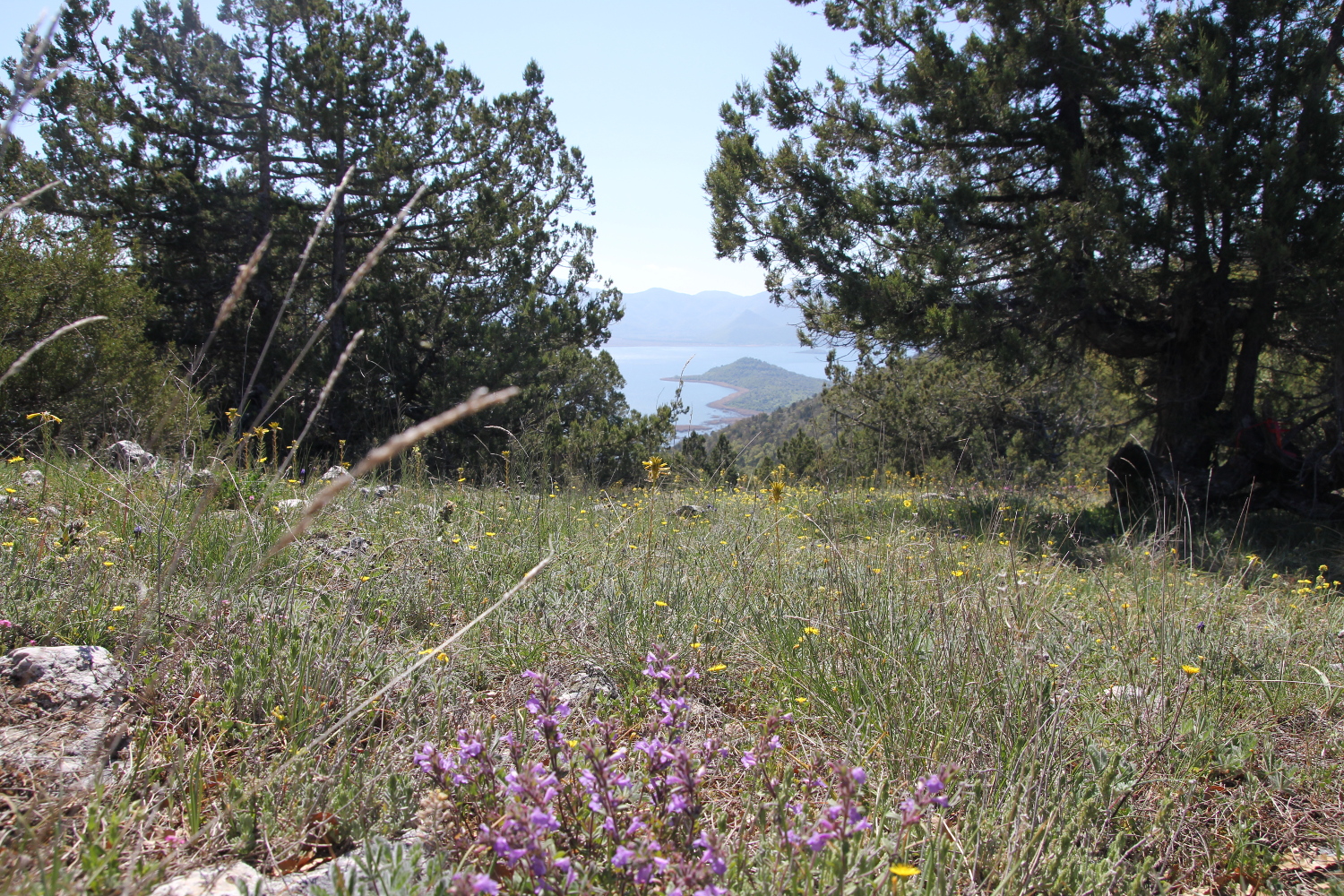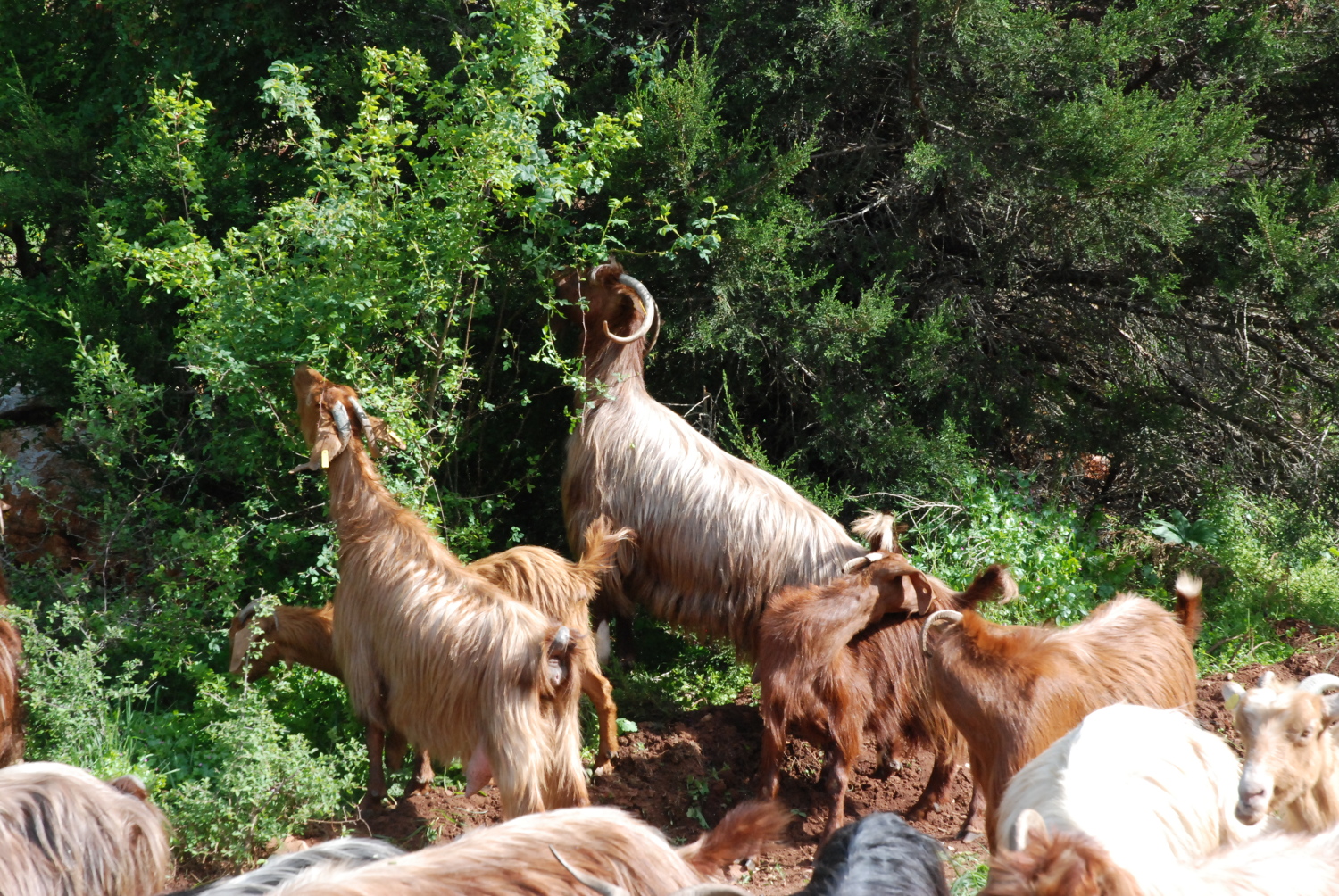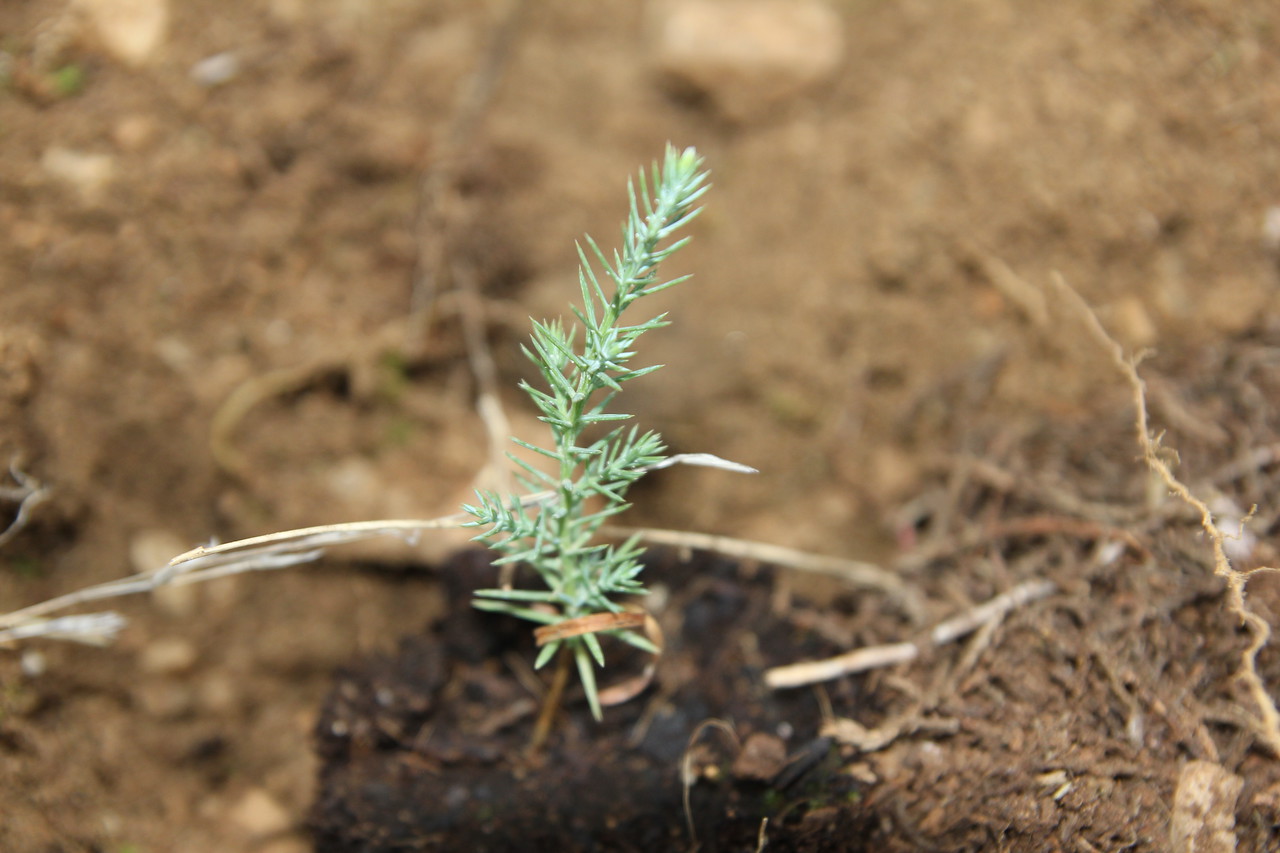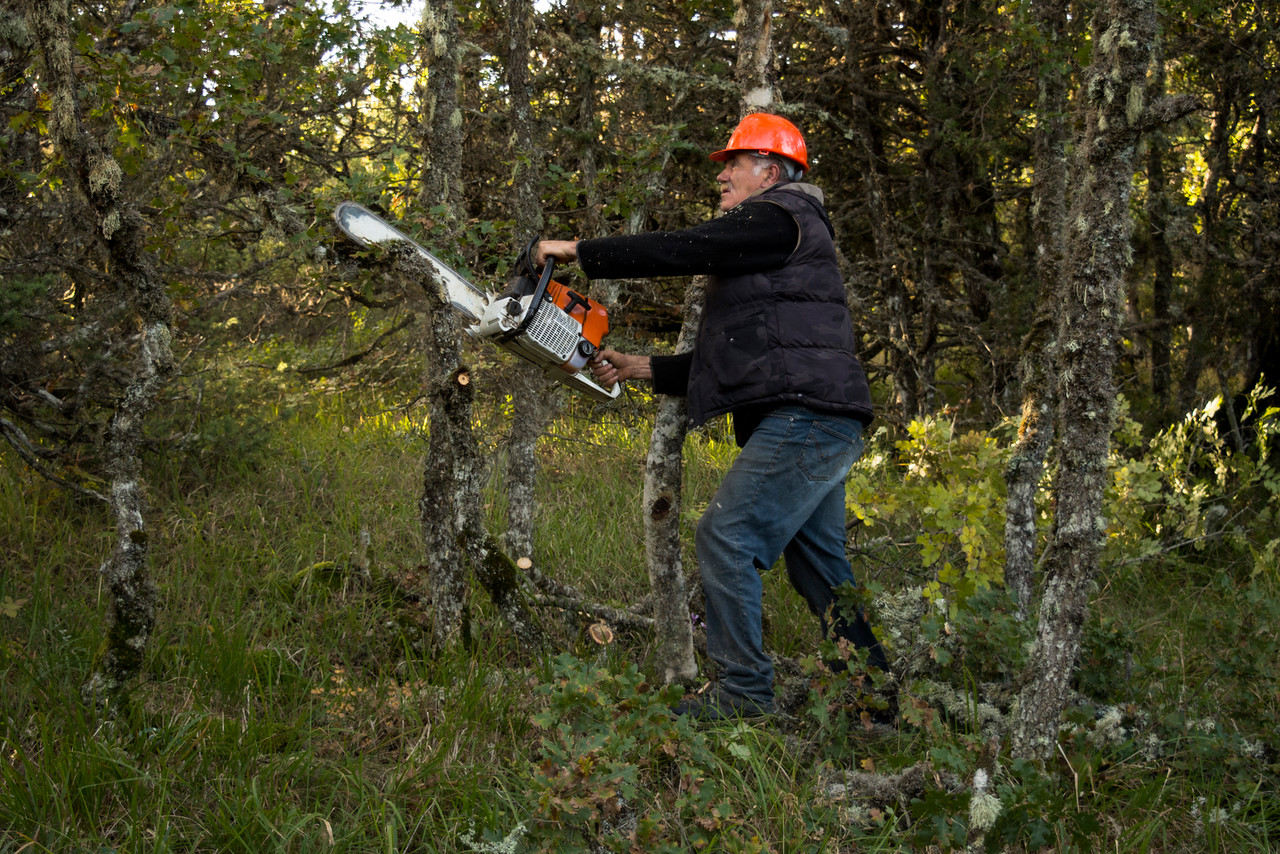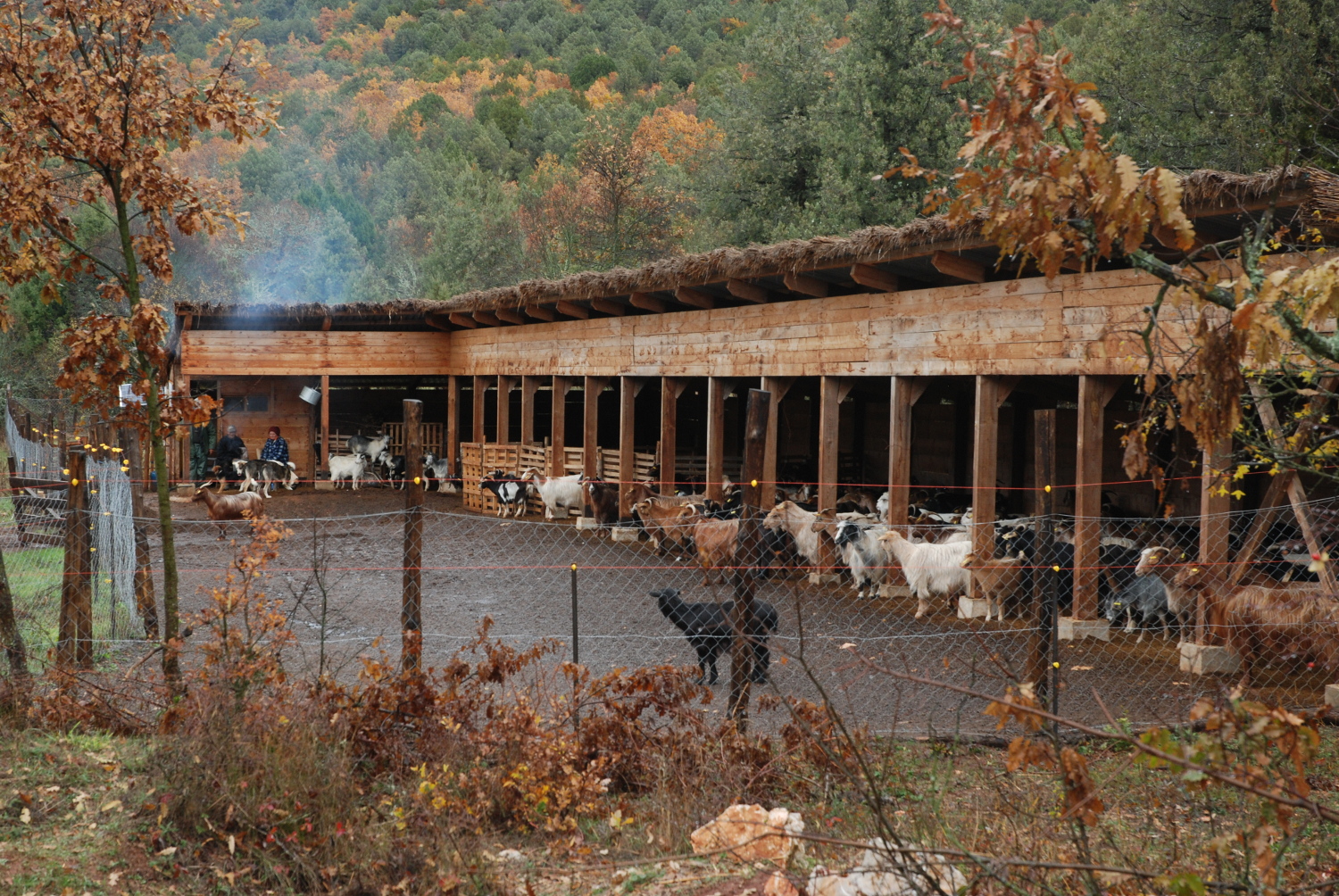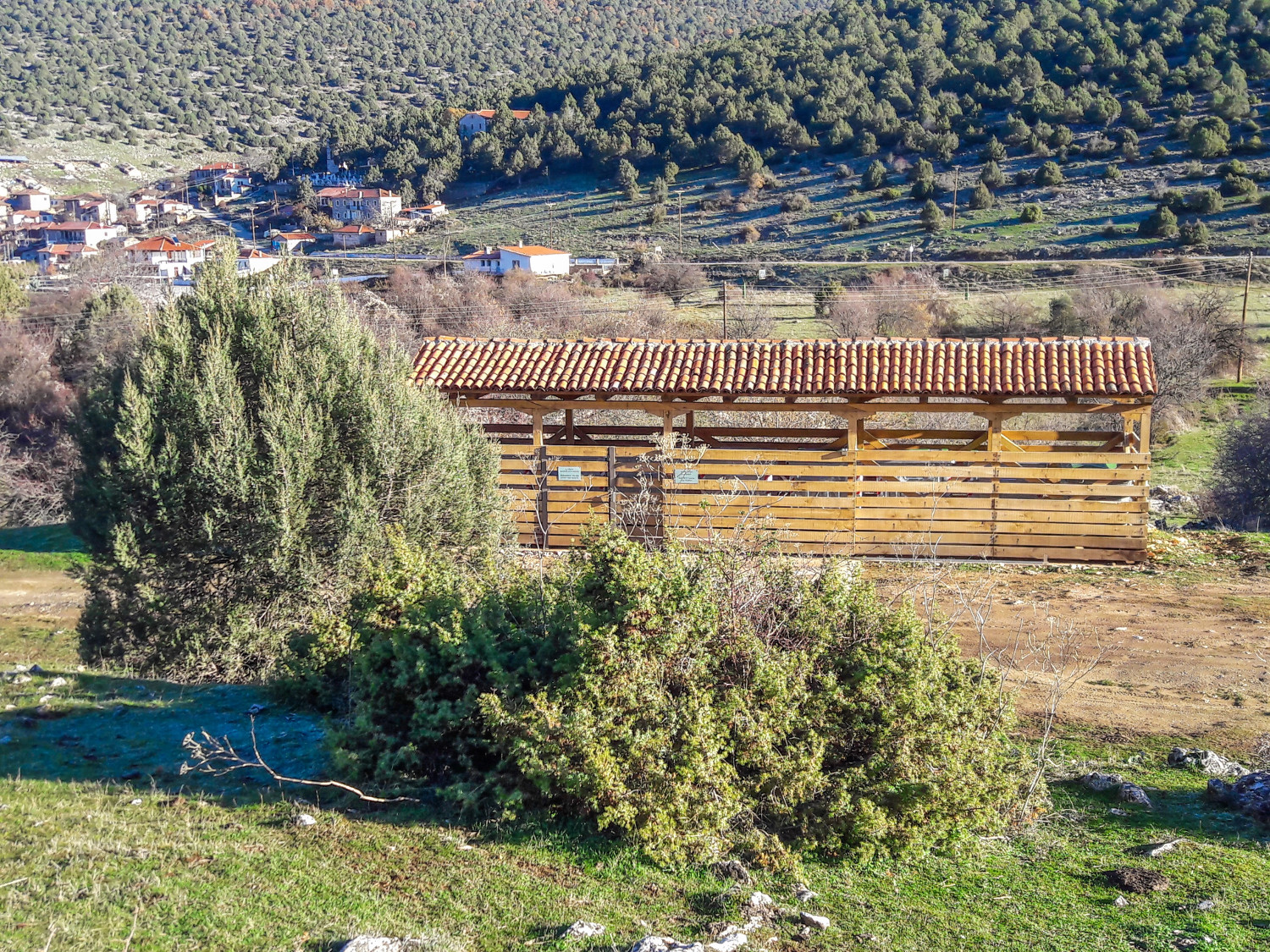January 2018 - LIFE JunEx
Α) Identity of the project
| Title/ N° |
LIFE JunEx «Restoration and Conservation of the Priority Habitat Type *9562 Grecian Juniper Woods in Prespa National Park, Greece» LIFE12 NAT/GR/000539 |
| Duration | 01.07.2013 – 31.12.2017 |
| Budget | 1.047.939 € |
| Beneficiaries |
Coordinating beneficiary: Society for the Protection of Prespa (SPP) Associated beneficiary: The Goulandris Natural History Musem / Greek Wetland / Biotope Centre (EKBY) |
| Location of activities |
Prespa National Park, Greece |
| Website | |
| Contact |
Irene Koutseri, Society of the Protection of Prespa, Tel: +302385051211, E-mail: This email address is being protected from spambots. You need JavaScript enabled to view it. |
Description/Aim
The forest habitat type *9562 Grecian Juniper Woods occurs in the Prespa National Park and covers an area of 2,192.1 ha, occupying 5.2% of the national park lands and comprising 78.4% of this particular habitat type in the European Union.
It is characterised by silvopastoral systems, which combine forestry and livestock farming. In the past such woods were closely connected with the life and activities of the people who lived near them. Activities such as grazing with livestock, mainly sheep and goats, had contributed to the preservation and regeneration of these forests.
A reduction in livestock farming over time, however, altered the balance in these forests in favour of broad-leaved tree species at the expense of junipers. At the start of the LIFE JunEx project, 48% of the juniper forests were recorded as mixed forests with deciduous broad-leaved trees with limited regeneration of the Grecian juniper Juniperus excelsa.
The main objective of the LIFE JunEx project was the restoration and conservation of the priority habitat type *9562 Grecian Juniper Woods in the Prespa National Park. In order to achieve this, project actions were designed to cover the following aims:
- Conservation of the areas where juniper woods are found in good condition
- Restoration of areas where the juniper woods had been degraded: (a) due to the encroachment of broad-leaved species and (b) due to the accumulation of biomass and waste; to be achieved through clearing this material
- Improvement of the low rate of natural regeneration
- Reduction of threats, such as ecological succession processes or the possibility of wildfires
- Increase in, and sharing of, scientific knowledge about the habitat type *9562 and promotion of its values.
Β) Good practices
The main actions for the restoration and conservation of juniper woods included partial removal of broadleaved vegetation through selective logging (silvicultural treatments), grazing and waste collection, based largely on the participation of local groups and inhabitants of the area.
With the fruitful co-operation of the Forestry Service, the Municipality of Prespa and the Management Park of the Prespa National Park, it was possible to restore juniper woods with multiple benefits for the conservation of ecosystems in the Prespa National Park:
- For the first time, both collaboratively and non-competitively, forestry operations and grazing were implemented as management measures in juniper forests, creating high value grazing areas
- Infrastructure for livestock farming was constructed, supporting the resumption of grazing
- Proposals for the restoration and management of habitat type *9562 Grecian Juniper Forests were included in the established management plan of the Forestry Service
- Measures for boosting grazing were included in the Grazing Management Plan of the Municipality of Prespa
- The participation of the local population in all the management actions was increased
- Practical socio-economic benefits from the restoration and proper management of juniper silvopastoral systems were promoted
- New opportunities for publicity and the promotion of the priority habitat type *9562, as well as the wider area of the Prespa National Park, were created.
The implementation of actions by local loggers, stock-breeders and relevant bodies resulted in direct awareness raising of target groups, which was also reinforced through informative meetings, targeted newsletters and environmental education at the local level. Additionally continuous communication took place with related authorities, which contributed greatly, in action implementation and the communication of the project. Summer schools for foresters and students were organized and the project team presented the project methods and results in national and international conferences, meetings and networking actions with other projects towards the promotion of the scientific knowledge acquired on the management of silvopastoral systems.
C) Results
The main project results, following the implementation of conservation actions show that floristic diversity was significantly favoured, the number of the typical species of flora found in junipers woods increased, junipers became dominant in the implementation areas, the density of broad-leaved species has been limited, grazing paths were opened and the threat of fires spreading was reduced through the reduction of dead organic material and waste.
In addition, more favourable conditions were created for natural regeneration, with positive early results and the juniper population was increased with more than 100 saplings growing from seeds and seedlings planted out. At the same time, the knowledge regarding natural regeneration and the possibilities for artificial restoration was considerably increased.
Following the completion of the project, the main actions, such as selective logging and grazing will have to be continued within juniper forests for their long term conservation. Towards this direction, within the framework of the project related proposals were incorporated:
- for the management of the habitat type *9562 within the respective forest management plan of the forestry service and
- for the temporal and spatial implementation of grazing within the Grazing Management Plan for the Municipality of Prespa, which was finalized by the Management Body of the Prespa National Park.
The incorporation of actions within authorities’ management plans render silvicultural treatments and grazing as the main conservation tools for the long-term conservation of junipers forests, as well as other important habitats. The constructed works will be used by stock-breeders providing incentive for the use of the area and the infrastructure for the waste management will positively contribute to the work of the Municipality of Prespa.
Within the project website the results are available within the layman’s report, and related updates will continue to enrich the website content.



